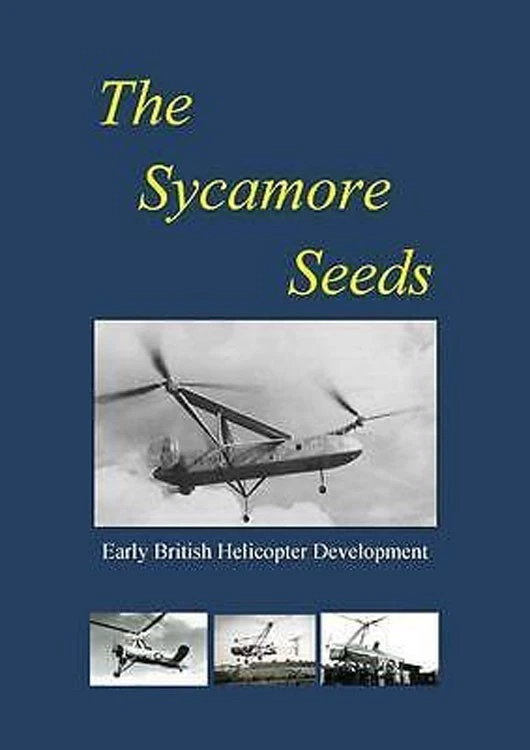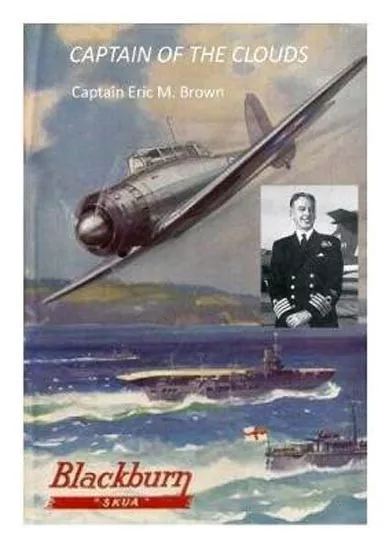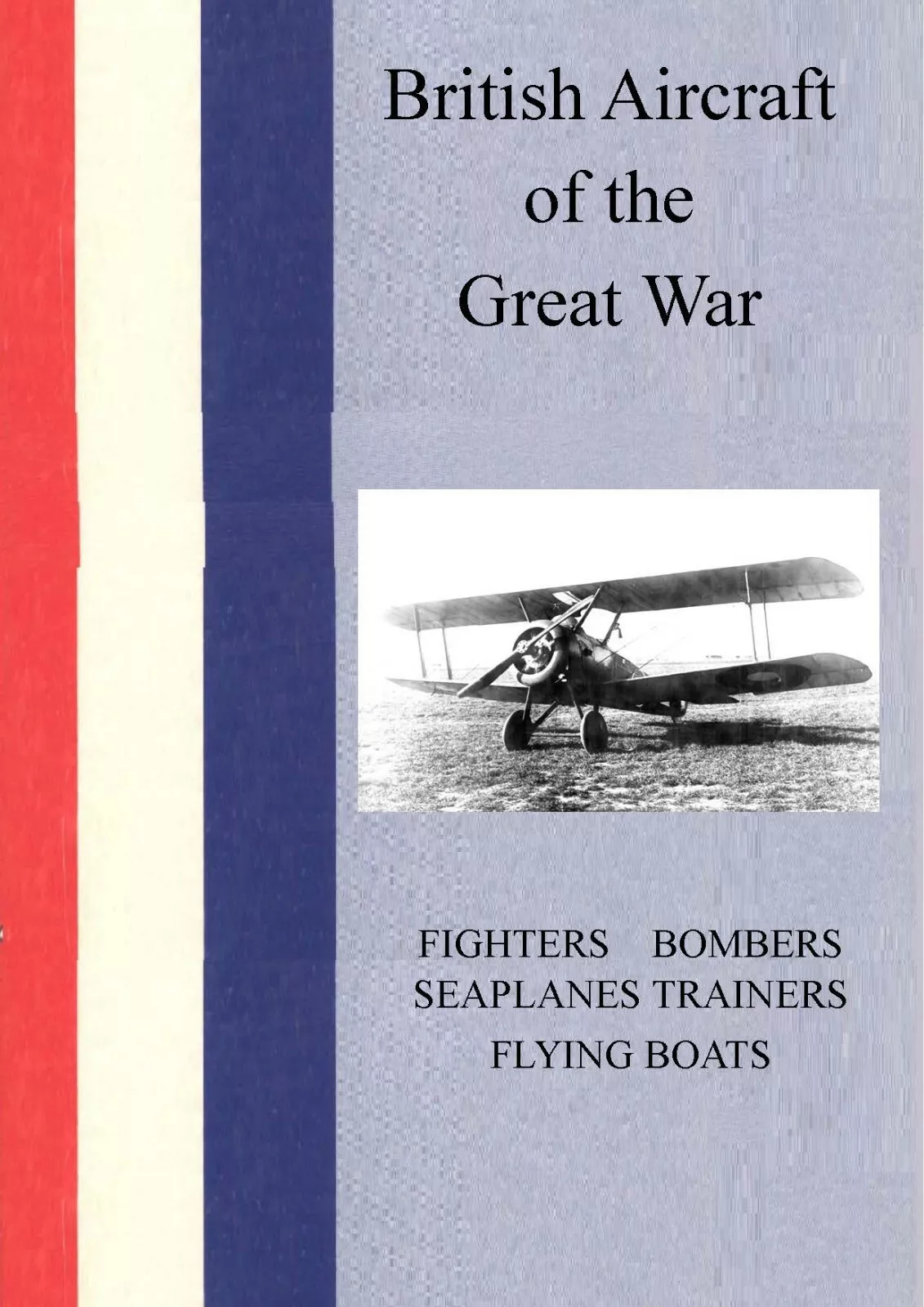Britain’s first production helicopter — made reliable by procedure.
Introduction: Britain’s First Production Helicopter
The Bristol Sycamore translated Britain’s rotorcraft ambition into dependable service. First flight in 1947 and entry into service in 1953 marked a transition from demonstration flights to scheduled operations — rescue, liaison, training, and civil tasks. This Enhanced Edition examines the Sycamore as a system: rotor and controls, powertrain and transmissions, airframe and maintainability, training syllabi, procedures, operations in challenging environments, comparisons with peers, and the aircraft’s lasting influence on British rotorcraft practice.
Rescue at the edge of performance: hover stability, winch discipline, and crew coordination.
Origins, Design Team, and Context
Developed under Raoul Hafner at Bristol’s Helicopter Division, the Sycamore embodied a practical reading of post‑war needs: a conventional single‑main‑rotor helicopter with sufficient power for rescue and liaison, robust gearboxes, and maintenance practices that field units could sustain. Britain’s industrial base adapted war‑time metrology and documentation to rotorcraft: calibration logs, travellers, and inspection sheets followed the aircraft from assembly to service.
Rotor System, Articulation, and Controls
The Sycamore’s rotor system implemented articulation to manage dissymmetry of lift: flapping hinges and lead‑lag accommodation reduced hub loads and pilot workload. Collective pitch controlled lift globally; cyclic tilted the disc to command translation and attitude; pedals adjusted tail rotor thrust to manage torque and yaw. Control harmony reflected careful kinematic design and blade tracking, which maintenance teams verified with stroboscopic marks and balance weights.
Articulation managed physics; tracking and balance made it pleasant to fly.
Powertrain, Transmissions, and Reliability
Helicopters convert steady engine torque into variable rotor thrust through gearboxes and shafts. Reliability therefore lived in oil temperatures, chip detectors, alignment, and lubrication schedules. The Sycamore’s maintenance manuals specified inspection intervals, torque values, and chip checks. Borescope inspections and oil sampling caught wear before failure. In practice, availability rose with adherence to procedure more than with any single hardware change.
Airframe, Systems, and Maintainability
A pragmatic airframe layout prioritised access to transmissions, control linkages, and engine bays. Panels opened with standard fasteners; line integrity checks followed planned routes; rigging fixtures ensured repeatable geometry after component changes. The instrument fit supported accurate hover references and engine monitoring, while electrical systems and winch gear received their own inspection routines.
Training Syllabi and Crew Procedures
Conversion syllabi taught pedal‑collective coordination, hover drift control, translational lift, and confined‑area operations. Winch operations added crew coordination: intercom discipline, hand signals, and abort criteria. Safety briefs codified downwash hazards and obstacle surveys. The most valuable equipment aboard remained trained people; documentation ensured that training endured beyond individual crews.
Technique before technology: hover discipline and pedal finesse were taught, checked, and retaught.
Operations: Rescue, Liaison, and Civil Use
RAF units employed the Sycamore for rescue and liaison in weather and terrain that tested early rotorcraft. Naval detachments practised deck approaches and winching drills with downwash and ship motion in mind. Civil operators extended use to medical evacuation and utility tasks. Logs show the pattern: pre‑flight rigging checks, performance planning for density altitude, careful fuel and power margins for hover, and debriefs that fed back into maintenance.
Procedures in Challenging Environments
Mountainous and maritime operations demanded conservative power management and obstacle surveys. Crews briefed escape routes, rejected‑landing procedures, and winch aborts. The helicopter’s utility derived from repeatable, conservative procedures: hover checks at height, incremental descents, and coordinated communication between pilot, winchman, and ground parties.
Maintenance Discipline and Airworthiness
Airworthiness emerged from routine: blade tracking and balance; gearbox inspections; control run freedom; torque and safetying; and line integrity checks. Calibration logs and tool control reduced variability. Where incidents occurred, investigation often recommended more careful adherence to procedures rather than fundamental redesign — an indication that the design served well within its envelope.
Comparisons and Contemporaries
Against contemporary types abroad, the Sycamore compared favourably in practical availability and training suitability. Some contemporaries offered higher speed or payload in niche roles, but the British emphasis on maintainability and procedure made the Sycamore a reliable fleet tool. In service, its value was measured in completed sorties and safe recoveries rather than headline performance.
Availability is a maintenance story: spares, tools, and disciplined inspection.
Legacy and Influence
The Sycamore’s most important legacy is cultural: a British approach to rotorcraft that valued control harmony, documentation, inspection, and training. Later programmes embedded these norms. The aircraft demonstrated that helicopters could be run like systems — with logs, spares, and trained crews turning a complex machine into a dependable tool.


